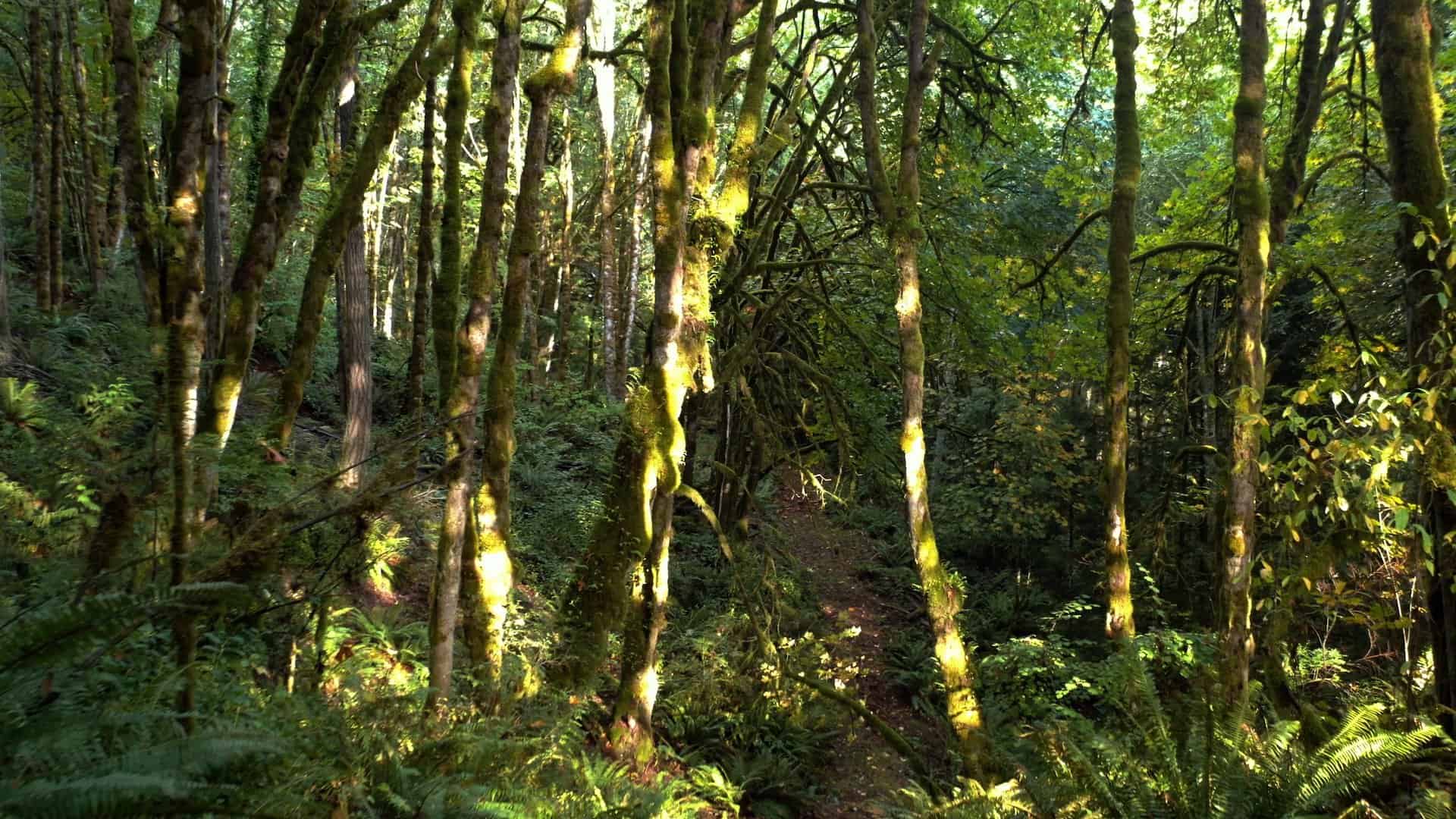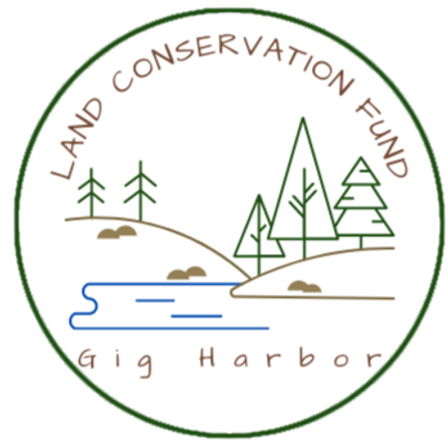Community Environment
New land conservation fund targets pockets in and around Gig Harbor
With the just-launched Gig Harbor Land Conservation Fund, the community has gained a new tool for supporting preservation of undeveloped land. The fund offers a hyperlocal focus, targeting forest, open space and shoreline preservation in more developed areas in and around the city of Gig Harbor. It also emphasizes recreation opportunities by requiring public access to the properties it helps preserve.
GHLCF will not acquire or own properties. Its purpose is to provide cash to help land trusts, local governments and other entities close land preservation deals, typically in the form of outright land purchases, or acquisition of conservation easements in which private owners agree to permanently restrict development. A key role its founders envision is providing the matching funds that are typically required to get grants from Pierce County Conservation Futures, the Washington Recreation and Conservation Office, and similar programs.
There is a “need to have the money ready to go,” said Robyn Denson, Gig Harbor City Council member, GHLCF co-founder and chair of the fund’s advisory board. In a previous role serving on the board of Pierce County Conservation Futures, Denson saw that when the chance to preserve land emerges, it needs a quick response.
“It just made me worry, what if at some point in the future we had some amazing opportunity” to preserve a property, but were not able to accomplish it without the kind of funding the Gig Harbor Land Conservation Fund will provide, she said.

Gig Harbor Land Conservation Fund advisory board members spearheaded local land conservation projects, including North Creek Salmon Heritage Site Phases 1 and 2. Photo courtesy of city of Gig Harbor
The new fund already has one such opportunity in its sights. GHLCF is in talks with the owner of a parcel in downtown Gig Harbor that the organization hopes to preserve for public use before it can be developed into housing, Denson said. She would not provide more details except to say the property is “under 10 acres.”
Conservation of forests, shoreline and other undeveloped land on the Gig Harbor and Key peninsulas reaches back several decades. In the 1990s, Peninsula Heritage Land Trust gained conservation easements to prevent development of the 4-acre Lay Wildrose Preserve, abutting the slough in Rosedale; 27 acres in the Wollochet Bay estuary; and the Ellis/Reed Forest Conservation Easement with 201 acres along Lombard Drive, among other parcels.
In 2000, the Peninsula Heritage Land Trust merged with three other regional land trusts to form the Bremerton-based Great Peninsula Conservancy. Its efforts to place new parcels into conservation continue, especially on the Key Peninsula, with recent successes that include the 197-acre Rocky Creek Preserve, which includes significant stretches of Rocky Creek, East Fork Rocky Creek and a portion of the upper estuary of Rocky Bay; the 108-acre, kayak-accessible Filucy Bay Preserve; and Kaukiki Farm, a 114-acre working farm where GPC expects to have a conservation easement in place this year.
Great Peninsula Conservancy’s most visible success on the Gig Harbor Peninsula is likely Sehmel Homestead Park, where it helped provide funding in exchange for a conservation easement on forested lands. That park and the three recent Key Peninsula projects relied on Pierce County Conservation Futures and state funding sources that require grant applicants to come up with matching funds.
GHLCF intends to partner with Great Peninsula Conservancy, Denson said. When matching dollars are needed, an organization like GPC could come to GHLCF and say, “Can you contribute?”
Great Peninsula Conservancy Executive Director Nathan Daniel praised Gig Harbor Land Conservation Fund as a new resource.
“There’s never enough” funds to protect all the habitat that needs to be protected, he said. Daniel compared assembling the funding sources needed to preserve a property to putting together a puzzle, and noted that having the kind of local and private funds GHLCF will provide can strengthen a grant application by showing local community engagement.
The Gig Harbor Land Conservation Fund’s focus differs from GPC’s somewhat, though, in that GHLCF plans to focus on land in the city of Gig Harbor and its urban growth area. Noting that the city’s population grew by 69% between 2010 and 2020, Denson said, “We want to make sure there are pockets” of preserved land in the developed areas, including near Gig Harbor North and Gig Harbor Uptown. Land prices and pressure for development are higher in the city of Gig Harbor and nearby, making it all the more critical to develop funding sources, she said.
In contrast, nearly all of the land preserved by Great Peninsula Conservancy on the Gig Harbor and Key peninsulas has been in rural areas, though Daniel notes that his organization has provided assistance to groups working in the city of Gig Harbor, and is tracking properties there for possible conservation should they come up for sale.
In addition, Gig Harbor Land Conservation Fund will require that properties conserved using its funds provide public access. In contrast, while many of GPC’s properties allow public access – for example, Rocky Creek Preserve is slated to have a network of trails with wildlife viewing blinds – some are for habitat and are not open for recreation.
Gig Harbor Land Conservation Fund advisory board members spearheaded local land conservation projects, including North Creek Salmon Heritage Site Phases 1 and 2. At North Creek, the city is of Gig Harbor is under contract to purchase two parcels comprising more than 35 acres.
“We hope this fund grows quickly so that we can start saving more of our forests and critical stream habitat. When land has been clear-cut and developed, it’s simply too late — we’ll never get those trees back,” said Jennifer Keating, GHLCF advisory board member and enrolled member of the Puyallup Tribe of Indians, which provided funding for the North Creek project. GHLCF “has already identified a number of important parcels in Gig Harbor, the loss of which would be devastating for the character of our community and health of our ecosystem. Time is of the essence to lock these parcels down as natural open space forever.”
Tax-deductible contributions to Gig Harbor Land Conservation Fund can be made online at www.gigharborlandconservationfund.org or by sending a check to: “Gig Harbor Land Conservation Fund,” c/o Greater Tacoma Foundation, 950 Pacific Ave., Suite 1100, Tacoma, WA 98402.


